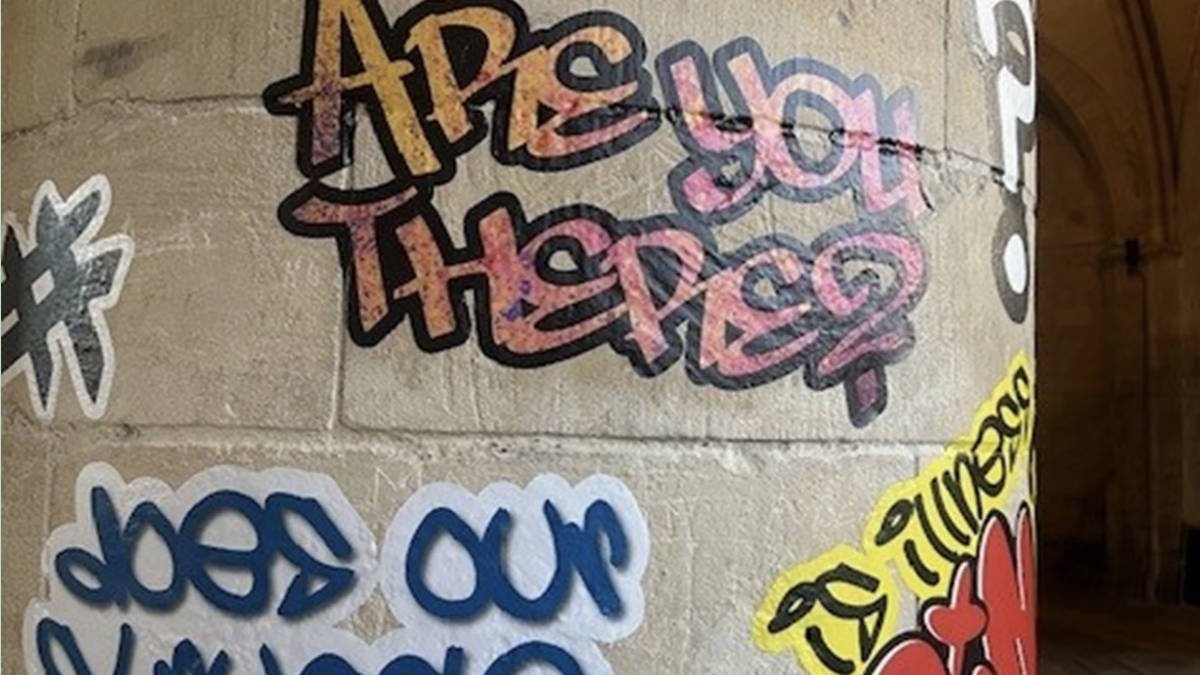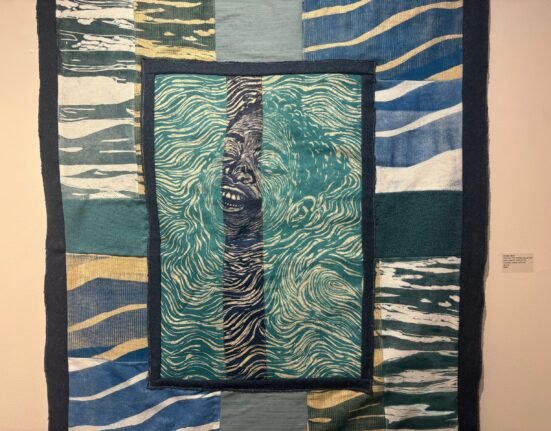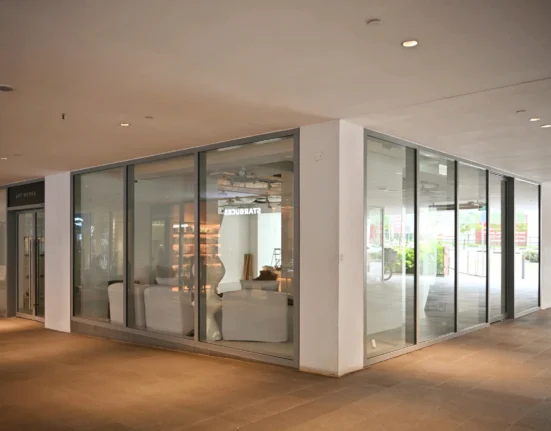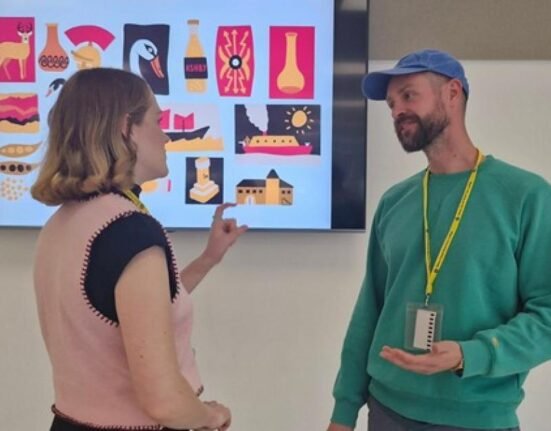Questions such as “Are you there?” and “God, what happens when we die?” have been splattered in bright colours across the walls of the building, founded in 579 AD.
Picture:
Canterbury Cathedral
Churchgoers have been shocked by Canterbury Cathedral’s new graffiti-style artwork, describing the installation as “sacrilegious.”
Questions such as “Are you there?” and “God, what happens when we die?” have been splattered in bright colours across the walls of the building, founded in 579 AD.
Cathedral staff admitted the artwork, titled Hear Us, has surprised many visitors to the UNESCO World Heritage site.
Read more: Man who burnt Koran outside Turkish consulate wins appeal against conviction
Read more: Father of Manchester synagogue terrorist Jihad al-Shamie calls for unity one week on from attack
Picture:
Getty
Picture:
Canterbury Cathedral
“The everyday theological questions expressed in the art installation, and the cathedral’s historic tradition of graffiti, have not stopped some from expressing very strong reactions,” a spokesperson said.
One angry visitor claimed the graffiti made the historic site “look like an underground car park in Peckham”.
But others were more positive, praising the installation’s “artistry and emotional punch,” the spokesperson added.
Poet Alex Vellis and curator Jacqueline Creswell, the creators of the installation, said they were inspired by community workshops where people responded to the question: “What would you ask God?”
A team of skilled artists worked alongside members of “marginalised communities” to create the handwritten text, which was then pasted onto the cathedral’s stone pillars, walls, and floors.
The cathedral said the work was designed to contrast with the ancient, traditional architecture of the church and offer new interpretations of faith and worship.
The free-to-view display will run until January 18, 2026, alongside artist talks, historic graffiti tours, and family-friendly activities.
Picture:
Canterbury Cathedral
Picture:
Getty
“There is a rawness which is magnified by the graffiti style, which is disruptive,” said the Dean of Canterbury, David Monteith.
“There is also an authenticity in what is said because it is unfiltered and not tidied up or sanitised. Above all, this graffiti makes me wonder why I am not always able to be as candid, not least in my prayers.
“This exhibition intentionally builds bridges between cultures, styles, and genres and, in particular, allows us to receive the gifts of younger people who have much to say and from whom we need to hear much.”
Responding to criticism, Mr Vellis said: “By temporarily graffitiing the inside of Canterbury Cathedral, we join a chorus of the forgotten, the lost, and the wondrous — people who wanted to make their mark, to say ‘I was here’, and to have their etchings carry their voice through the centuries.”
Canterbury Cathedral unveiled the artwork following reports that church attendance across the UK has risen over the past six years.
A report published by the Bible Society claimed there had been “dramatic growth” in young adult churchgoers, particularly young men.
Also last week, Dame Sarah Mullally was announced as the first female Archbishop of Canterbury.
Her formal installation as the 106th Archbishop will take place in March, after the graffiti artwork is removed.












